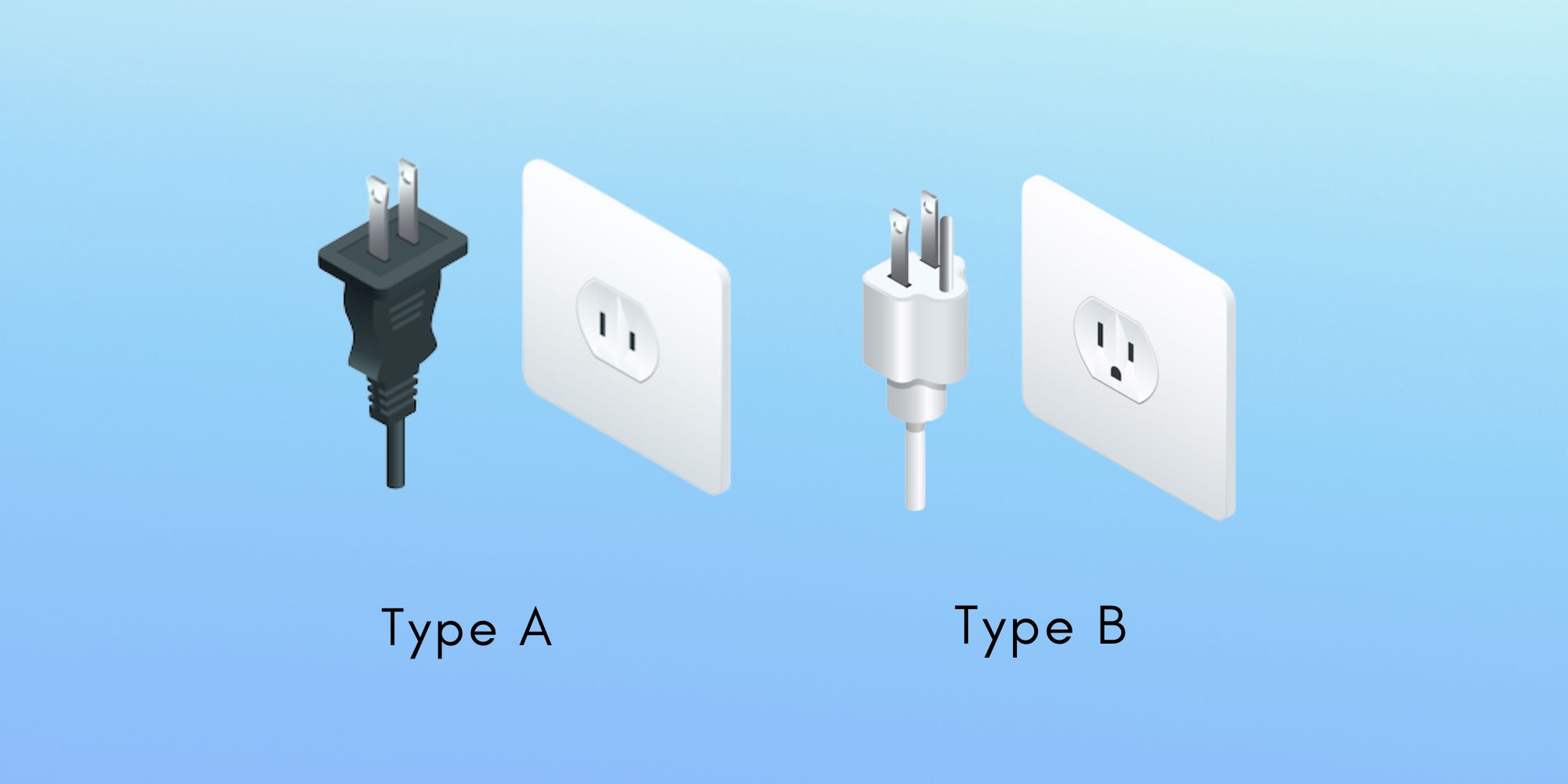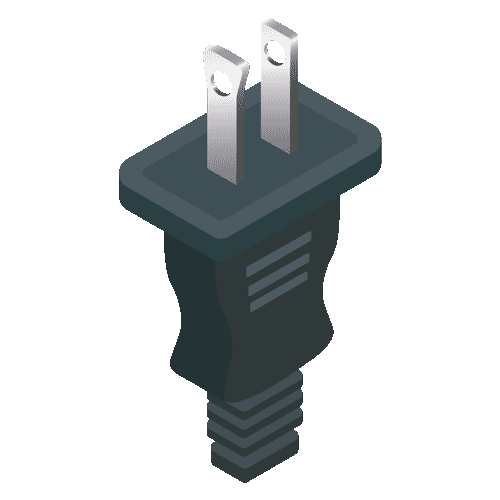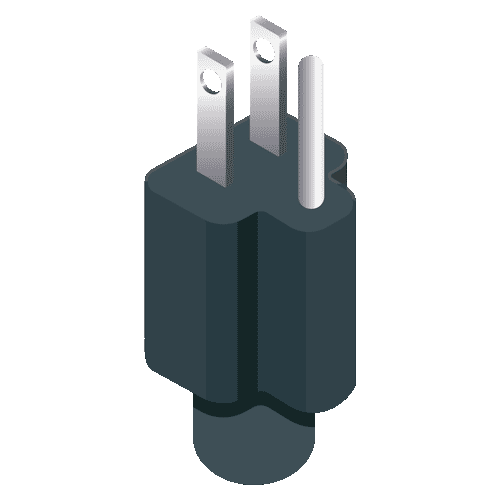Planning a trip to Costa Rica? Understanding the electrical system and plug types is essential for a smooth and hassle-free experience. As a traveler, you need to ensure your devices are compatible with the local power outlets. Whether you're charging your phone, laptop, or camera, knowing what to expect will save you from unexpected surprises. This guide will provide you with all the information you need about plugs in Costa Rica.
Electricity plays a crucial role in our daily lives, and when traveling, it's important to be prepared. Costa Rica, with its breathtaking landscapes and vibrant culture, attracts millions of visitors each year. However, before you pack your bags, make sure you're equipped with the right adapters and converters. This article aims to simplify the process for you.
Our goal is to ensure that you have a safe and enjoyable trip by addressing one of the most overlooked aspects of travel preparation—electrical compatibility. Let’s dive into the details and help you understand everything you need to know about plugs in Costa Rica.
Read also:June 3 Zodiac Unveiling The Mystical Traits And Characteristics Of Gemini
Table of Contents
- Biography
- Plug Types in Costa Rica
- Voltage and Frequency
- Do You Need an Adapter?
- Do You Need a Converter?
- Practical Travel Tips for Electronics
- Electricity in Costa Rican Hotels
- Outdoor Power Options
- Safety Precautions When Using Electrical Devices
- Conclusion
Plug Types in Costa Rica
Costa Rica uses the same plug types as those commonly found in the United States and Canada. The most prevalent plug types are Type A and Type B. These plugs have two flat prongs for Type A and an additional grounding pin for Type B.
Understanding Plug Types
Here’s a quick breakdown of the plug types you’ll encounter:
- Type A: This plug has two flat parallel prongs.
- Type B: This plug has two flat parallel prongs and a grounding pin.
Both types are widely used across Costa Rica, so if you're traveling from North America, your devices will likely be compatible without the need for an adapter.
Voltage and Frequency
The standard voltage in Costa Rica is 110V, and the frequency is 60Hz. This is consistent with the electrical systems in the United States and Canada. However, if you're traveling from a country with a different voltage (such as Europe, which uses 220-240V), you may need a voltage converter to avoid damaging your devices.
Checking Your Device Compatibility
Before your trip, check the label on your device or its power adapter. Most modern electronics, such as laptops and smartphones, are dual-voltage, meaning they can operate on both 110V and 220V. If your device is not dual-voltage, you'll need a converter to step down the voltage.
Do You Need an Adapter?
As mentioned earlier, Costa Rica uses Type A and Type B plugs. If your home country uses the same plug types, you won’t need an adapter. However, if you're traveling from Europe, Asia, or other regions with different plug types, you’ll need to bring a travel adapter.
Read also:John Reardon The Remarkable Journey Of A Visionary Leader
Choosing the Right Adapter
When selecting an adapter, consider the following:
- Compatibility: Ensure the adapter supports the plug types used in Costa Rica.
- Quality: Invest in a high-quality adapter to ensure safety and reliability.
- Multiple Ports: If you’re traveling with multiple devices, look for an adapter with multiple ports for convenience.
Do You Need a Converter?
If your devices are not dual-voltage, you’ll need a voltage converter to adjust the power supply. Voltage converters are particularly important for appliances like hair dryers, curling irons, and electric razors, which may not tolerate the higher or lower voltages.
Tips for Using Voltage Converters
Here are some tips to help you use voltage converters effectively:
- Check Power Requirements: Ensure the converter can handle the wattage of your devices.
- Use Step-Down Converters: If your device requires 220V but Costa Rica provides 110V, use a step-up converter.
- Avoid Overloading: Don’t plug too many devices into a single converter to prevent overheating.
Practical Travel Tips for Electronics
Traveling with electronics requires careful planning. Here are some practical tips to keep your devices safe and functional during your trip to Costa Rica:
Packing Essentials
- Universal Adapter: Bring a universal adapter to cover all possible plug types.
- Power Bank: A portable power bank is a lifesaver in case of power outages or limited access to outlets.
- Cable Organizer: Keep your cables tidy and tangle-free with a cable organizer.
Staying Connected
Costa Rica offers reliable internet access in most urban areas. However, if you’re venturing into remote regions, consider bringing a portable Wi-Fi device or enabling international roaming on your phone.
Electricity in Costa Rican Hotels
Most hotels in Costa Rica are equipped with standard Type A and Type B outlets. However, it’s always a good idea to confirm with the hotel beforehand. Additionally, some hotels may provide USB charging ports in the rooms, which can be convenient for charging smaller devices.
Checking Hotel Amenities
When booking a hotel, check for the following amenities:
- Number of Outlets: Ensure there are enough outlets in the room for all your devices.
- Backup Power: Inquire about backup power systems in case of power outages.
- Security Features: Some hotels offer lockable safes with power outlets for added security.
Outdoor Power Options
Exploring the great outdoors is a must when visiting Costa Rica. Whether you’re hiking through rainforests or relaxing on the beach, having access to power can enhance your experience. Portable solar chargers and power banks are excellent options for outdoor adventures.
Selecting the Right Outdoor Power Solution
Consider the following when choosing an outdoor power solution:
- Solar Chargers: Ideal for extended trips where access to electricity is limited.
- Power Banks: Lightweight and portable, perfect for short excursions.
- Portable Generators: Useful for larger groups or longer stays in remote areas.
Safety Precautions When Using Electrical Devices
Safety should always be a priority when using electrical devices abroad. Here are some precautions to keep in mind:
General Safety Tips
- Avoid Overloading Outlets: Use surge protectors to prevent damage to your devices.
- Inspect Cables Regularly: Ensure all cables and adapters are in good condition to avoid electrical hazards.
- Unplug Devices When Not in Use: This reduces the risk of electrical fires and conserves energy.
Conclusion
Understanding plugs in Costa Rica is a vital part of your travel preparation. By familiarizing yourself with the local electrical system, you can ensure a seamless experience while using your devices. Whether you need an adapter, converter, or both, planning ahead will save you from potential headaches.
We encourage you to share this article with fellow travelers and leave your thoughts in the comments below. Your feedback helps us improve and provide even more valuable content. For more travel guides and tips, explore our other articles on our website. Safe travels and enjoy your journey to Costa Rica!


